Would you know any of the rarest fish or the rarest shark species in the world if you caught one? Probably not! Before you get into trouble with authorities, pay a hefty fine, and even face jail time, we are going to teach you what are some of the rarest fish in the world.
Devil’s Hole Pupfish
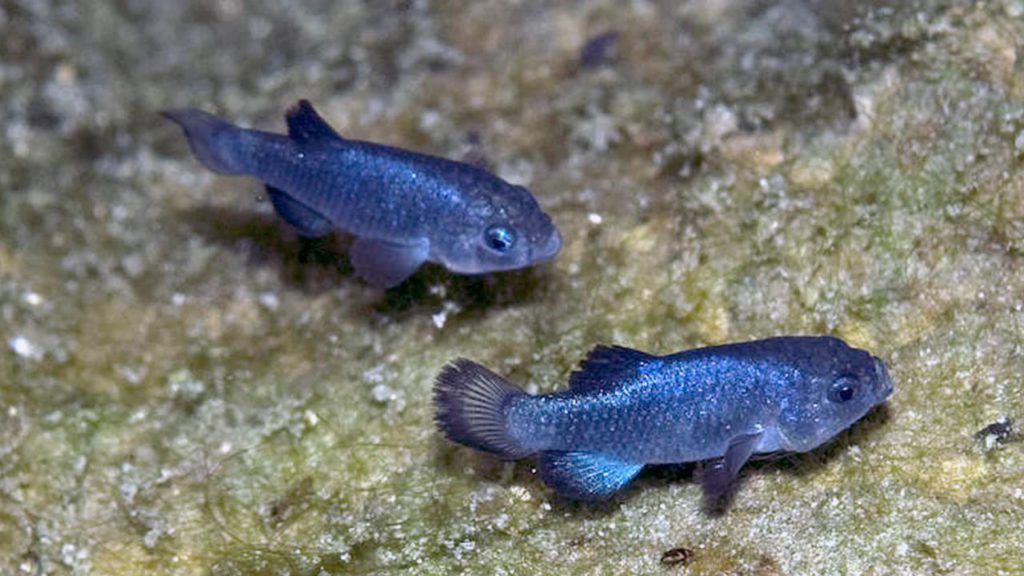
The Cyprinodon diabolis or Devil’s Hole Pupfish is the world’s rarest fish. It’s so rare that you will only find them in Nevada’s Death Valley National Park in a tiny limestone cavern called the Devil’s Hole.
They live in a spring-fed oasis called Ash Meadows, an upland desert that is only 40 acres but 500 feet deep. But, unlike other water ecosystems, the one in Devil’s Hole has near non-existent fluctuation in temperature and salinity. Their habitat is basically a geothermal pool.
It has stayed this way for tens of thousands of years, allowing the Devil’s Hole Pupfish to become very specially adapted to this environment, and this environment only.
In 2013, the species plunged to 35. But, in a recent news report from the LA Times, Devil’s Hole Pup population jumped back to 475.
Giant Sea Bass

The Giant Sea Bass is also one of the rarest fish in the world.
You will find this majestic fish in the Northern Pacific off of California and Baja California. And, as we’ve mentioned earlier, this fish is huge. As a matter of fact, the largest Giant Sea Bass ever caught measures 7.4 feet long and over 560 pounds!
Unfortunately, due to overfishing, the species’ population declined significantly between the 1950s and 1970s. All Giant Black Sea Bass fishing has been banned in California since 1982.
Peppermint Angelfish

You can identify the Peppermint Angelfish by its vibrant colors – bright white stripes paired with a neon orange body color. But despite its attention-grabbing color, you will only find this elusive fish in the central, eastern, and south Pacific oceans, where they occupy reefs and cliff shelves.
Adriatic Sturgeon
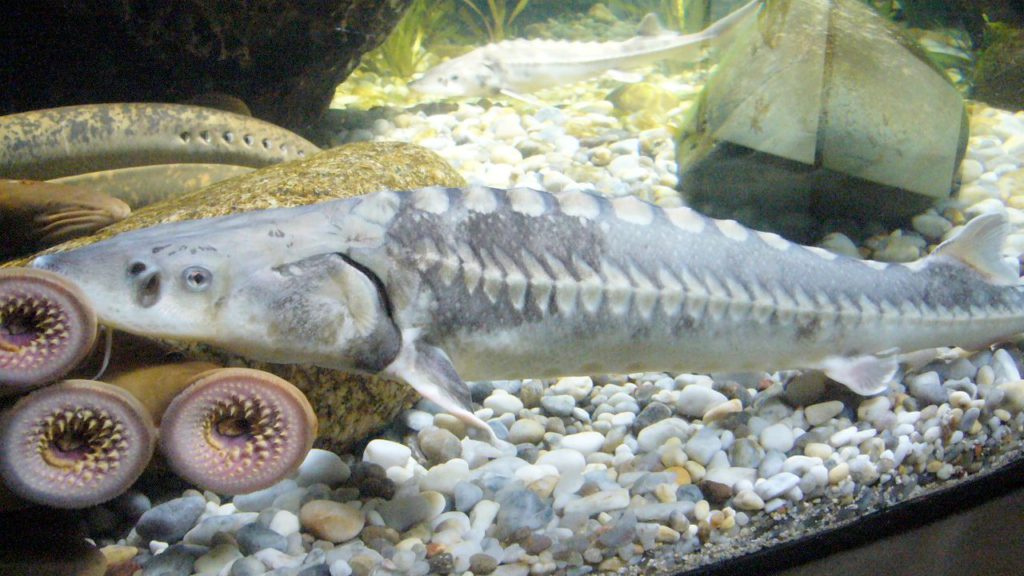
Sturgeons look straight out of the prehistoric era with armor-like sides and strange, vacuum-like mouths.
One of the most endangered species of sturgeon is the Adriatic Sturgeon. You can find them in the Adriatic Sea, Po River, and branching rivers that flow into Italy.
Their population has experienced a steep decline, as much as 80 percent. The only resolution to this species’ survival is captive breeding and then releasing them back into their natural range.
Platinum Arowana

If you are a fish hobbyist or enthusiast, you ought to know this is one of the most sought-after fish for aquarists worldwide. The Platinum Arowana is a scarce species of Arowana that has metallic-like scales on its body with almost no coloration whatsoever.
Their color makes them so rare, highly coveted, and one of the most expensive aquarium fish, as they need to be bred to have these traits. The price tag of a Platinum Arowana can cost a whopping $400,000!
Freshwater Polka Dot Stingray
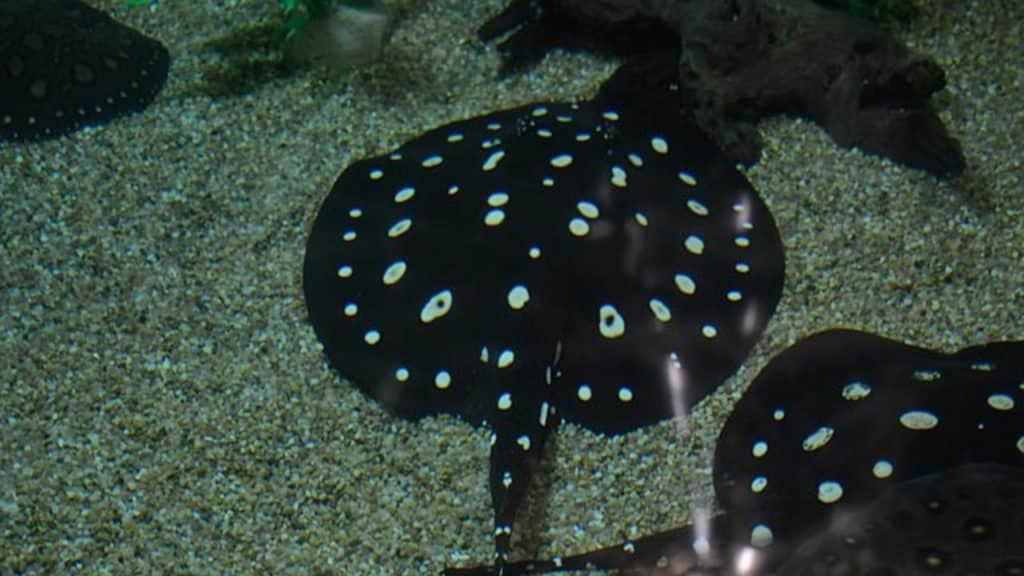
This unique stingray is endemic to Brazil in the Xingu River and is another beautiful species coveted by fish hobbyists and aquarium lovers. Their habitat is slow-moving tributaries with sand or mud bottoms. They also have a striking look, with their dark black bodies and bright white dots.
They have no specific classification on the IUCN Red List yet as there is not enough data. However, they are of high concern due to their small range.
Neptune Grouper
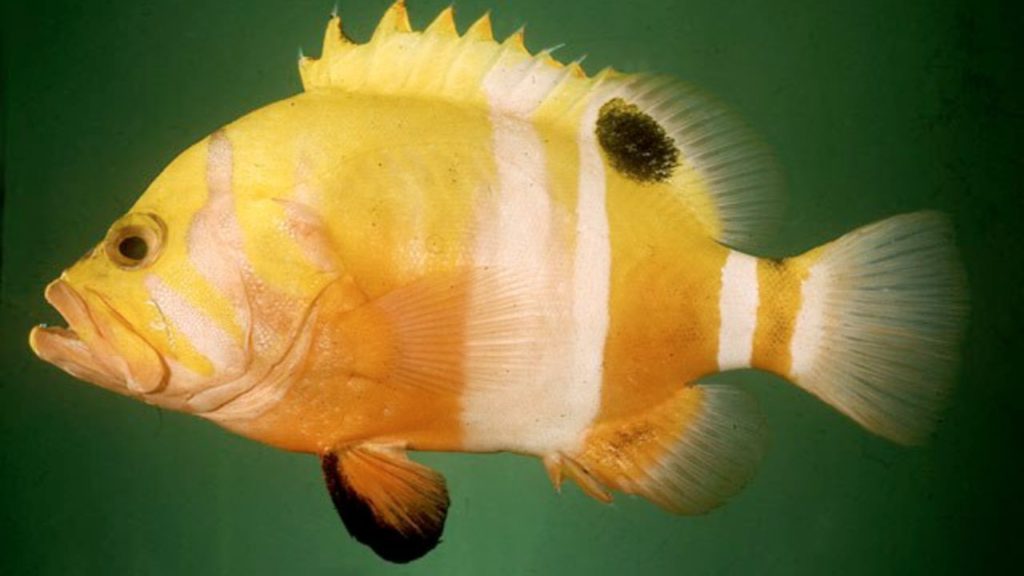
The bright yellow and red patterned Neptune Grouper’s native range is widespread through Australia, New Zealand. You can also find them in the Pacific Ocean and in southern Japan, Taiwan, Guam, and the Phillippines.
While they are listed as least concern, catching them is very difficult because they live in the deep ocean.
Bladefin Basslet
Another small fish enjoyed in aquariums is the Bladefin Basslet. These little fish usually don’t exceed 3 inches in length.
You can identify them by their coloration. They have white, reddish, or pink on the head, while the neck is bright red. You’ll also notice the second ray of the dorsal fin is very long.
Fun Fact: Bladefin Basslet is not only rare; it is also one of the most expensive fish.
You can find them in the Western Atlantic Ocean from South Carolina to the Caribbean.
Bladefin Basslet is of least concern. However, that doesn’t mean you’ll be able to catch one. Like the Neptune Grouper, Bladefin Basslet lives in the deep ocean. They also often die before even reaching the surface.
Sakhalin Sturgeon
Another prehistoric sturgeon has made it onto our list. You can find Sakhalin Sturgeon only in the Tumnin River in Russia and the Sea of Japan. However, their population is at a critical low, with only 10 to 30 Sakhalin Sturgeons making the journey up the river to spawn yearly.
Unfortunately, the only way their population can be maintained is through artificial reproduction and the release of juveniles into the Tumnin River. Their most prominent threats are illegal and accidental catch and pollution.
These incredible fish can grow up to 8 feet long and weigh as much as 330 pounds.
Speartooth Shark
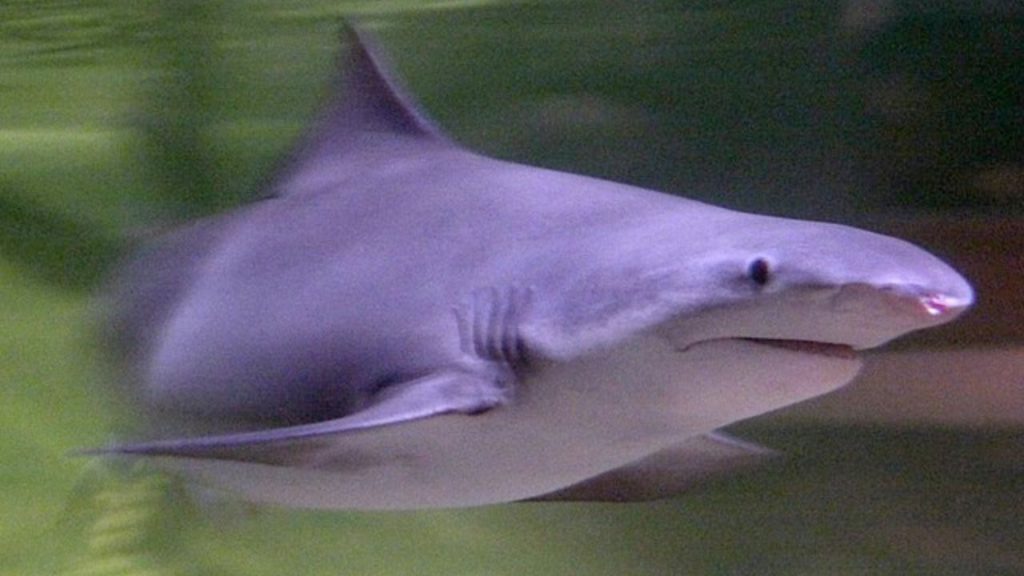
Perhaps you weren’t expecting any sharks to be on this list, but we have to mention the rarest shark in the world – the Speartooth Shark. This endangered species occupies both the tropical rivers and coastlines of Australia and New Guinea.
They have a broad snout, gray body color, elongated pectoral fins, dorsal fins, and even tail fins.
Fun Fact: Speartooth sharks are named after their triangular teeth, which have the distinct appearance of spearheads.
Unfortunately, this rare shark is threatened by habitat degradation, and they are often a bycatch of commercial and sports fishermen.
Putting an ‘End’ to Endangering the Rarest Fish in the World
Having more knowledge of the rarest fish in the world helps give you insight into the regulations, issues facing the species, and an understanding of what makes them unique. Moreover, Being aware of the threats to these highly specialized species means that you can take part in the means of protecting them.
Table of Contents



